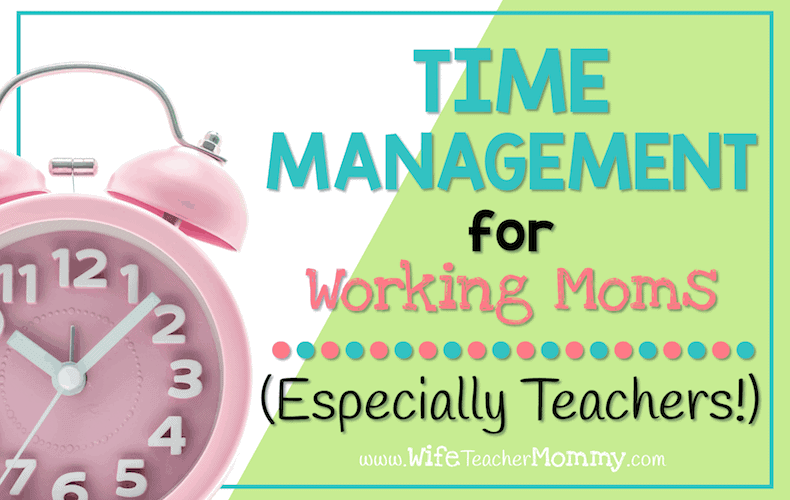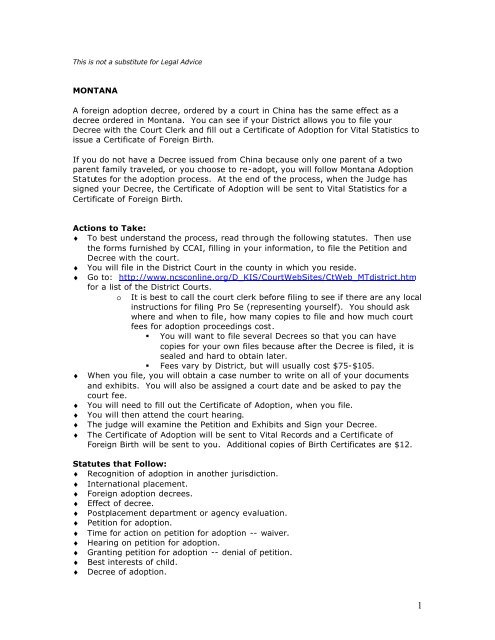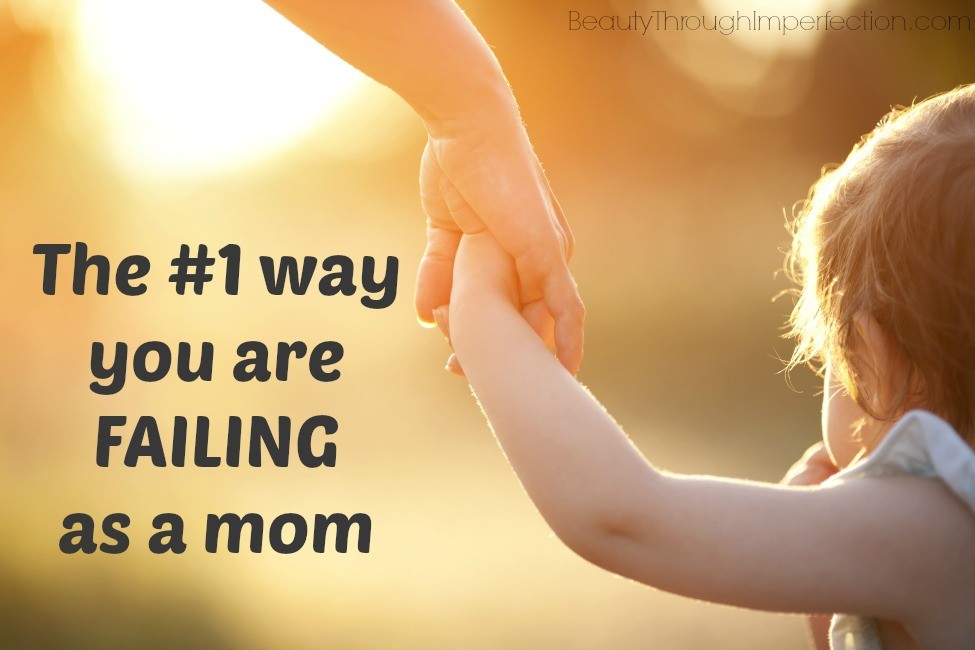
California has many options for adopting. There are many options, including professional organizations and avenues. You need to choose the best one for your family, and find a professional that will provide you with adequate support throughout the entire process. Adoption involves completing various forms, submitting required documents, and conducting an in-home study. Listed below are some tips to make the adoption process as easy and seamless as possible.
California Adoption Costs
California adoption costs are subject to change depending on the agency and state where you live. While costs vary, you should work with adoption professionals to keep the total cost to a minimum. Typically, legal services make up a larger percentage of the overall cost of adoption in California. They ensure all legal requirements in California are met and process the adoption paperwork. Here are the most frequent costs associated with California adoption.
The cost of adoption in California is usually between $500 and $7,500, although fees can be waived or reduced under certain conditions. You should also budget for fingerprinting, medical exams, and court filings. Other costs are likely to run between $100 - $300. These fees aren't the only costs associated with California adoptions. Costs may include the cost of getting the petition, travel expenses, and the fees for the adoption agency. Consider applying for free adoption, or a reduced adoption fee, if you plan to adopt an infant from a different state.

California Steps for Adopting a Child
Choosing an adoption agency is a critical step in the process of adopting a child. After you have chosen an agency, they will match you with the best child. The child is placed in your home by the adoption agency for six months. This will be under supervision until the finalization hearing. Once the finalization hearing has been held, you will finally be able meet your new child and celebrate this new addition to your family.
You must mention that you wish to adopt the child from a deceased parent in your adoption application and court hearing. You should obtain proof of death. However, you may find that the other birth parent does not acknowledge that they are the child's biological parent. This is a tricky situation, so you may want to consult an attorney. Also, you must ensure that you understand the legal rights and intentions of the other biological parents.
Cost of adopting a child outside the state
You will pay a different amount depending on where your home is. Fees for adoption vary from $20,000 to $45,000, depending on where you live. This cost includes legal, organizational, and medical fees. Adoption agencies can be very different from one another. Molly Rampe Thomas, founder and CEO of Choice Network shared her experiences working with three families that each sought adoption in their own ways.
Although state adoption subsidies can vary in amount, there are many ways to reduce the adoption costs. If you live in a state with high adoption costs, the state government will likely offer adoption subsidies. In some states, there are even special programs for adoption for children with disabilities. The North American Council on Adoptable Children maintains an extensive database of requirements and state policies. A federal tax credit is available for those who are interested in adopting as a solution for their child's health problems. You can get a federal adoption credit worth up $14,080 for each child in 2019. It will expire after you reach a certain income.

Cost of adopting a foster child
When calculating the cost to adopt a child from foster custody, there are many factors you should consider. MediCal covers the child's basic needs. But state adoption assistance is available for therapy for trauma and other issues. Some schools and colleges also offer tuition waivers to foster care students. Depending on your situation, you might be eligible to receive assistance through your employer.
Although adopting a child from foster homes is a beautiful act of love, it can also be costly. Legal fees are not the only costs. You also have to pay for travel, home studies, medical bills and other expenses. These services are provided by the public and families who qualify receive a monthly payment. The cost to adopt a child from foster home varies depending upon the type of adoption, as well as the paperwork involved.
FAQ
How can I stop my kid from bullying others?
Bullying affects many young people.
Some children bully their peers because they feel insecure. Others bully others because it is fun to see someone else suffer.
Most bullies aren't aware of the damage they cause. They think they're doing no wrong.
It's therefore important to discover ways to prevent bullying at school.
These are some suggestions:
-
Teach students all about bullying. Explain to students that there are both positive and bad forms of bullying.
-
Talk to your child and talk about bullying. Tell your child that you don’t like it when he/she picks on other people.
-
Encourage empathy in your child. Encourage him or her to put himself or herself in other people's shoes.
-
You must teach your child how to advocate for yourself and others.
-
Be consistent. Keep your word if you tell your child that he or she will not touch another student.
-
Your child should be watched at school.
-
Teachers should be notified if your child has been bullied.
-
Be gentle with your child. Instead, use gentle and kind language.
-
Set clear boundaries. You must be clear with your child about where you stand.
-
Support your child by standing up.
-
Be a team. Parents and siblings can be supportive of each other in maintaining peace.
-
Use rewards and punishments with care. Good grades and chores can be rewarded with rewards. Misbehavior can be punished with sanctions
Why do some children disregard their parents' instructions and not follow their lead?
Children are naturally curious, and they want to learn from other children. Children have a natural desire to please adults and avoid punishment. They may lack self-discipline if it isn't obvious why they should follow certain rules.
Children need to be able to see why they must follow rules and what the consequences are for breaking them.
They must also recognize that following rules does no mean they have to surrender their freedom. They will be safe, and they will be happy.
They will begin to understand if you clearly explain it to them.
Here are some tips for training your children:
-
Describe to them the reason behind the rules.
-
Teach them consequences.
-
Help them develop self-control.
-
Have fun with them.
-
Don't expect perfection.
-
Encourage them to ask questions.
-
Praise effort rather than results.
What parenting style is the most popular in America today?
The traditional family model is not as popular today as it was 50 years ago because families are changing. The role of parents in raising children has become less important. They are looking to spend more time with themselves than their children. This is helicopter parenting. It's when parents hover over their kids 24/7. They make sure they are always watching over their children. They make sure their children eat right, exercise properly, get to sleep at night, and so on. This kind of parenting can create a lot of stress both for the kids and their parents. The kids feel like they're missing out, while the parents feel guilty that they're not there every day.
This type of parenting is not good for kids because it doesn't teach them how to take care themselves. This type of parenting makes them dependent on adults for everything. Parents are not teaching independence; they are teaching dependence. They teach their children that adult support is necessary for success. If they fail they will blame themselves.
This causes children to feel insecure and worthless. Because they failed to live up to their expectations, they believe they are failing. They lack self-confidence because they were not taught how to handle failure.
Another reason why this type of parenting isn't so popular anymore is that there are fewer two-parent households. If both parents work, it can be difficult for them to be available for their children. Many parents find themselves raising their children alone.
Parents want happy, healthy children. They don't want to worry that their kids are getting enough sleep, exercising, or eating well. They want to focus on their own lives. They have hired tutors, nannies or other caregivers so they can focus on their own lives.
They don’t want to manage every aspect their child’s life. They don't want their kids to think they can never make mistakes. They want them learn from their mistakes and to try again.
Is permissive parenting a good idea?
While they aren't necessarily bad, permissive parents can be dangerous. However, it is important to recognize that children learn from both negative and positive experiences. They should also be prepared to take responsibility for the actions of their children if they don't discipline them correctly.
They should also be ready to take appropriate action if their child behaves badly.
Parenting is the most important thing you can do. Set limits and enforce them. Consistency is key.
These are the rules to help raise healthy, happy adults who respect others.
What's an example of positive parenting?
Positive parenting teaches children the right behavior by setting high standards and expecting them not to fail. It also involves showing love and affection towards them and helping them when they struggle.
Positive parenting encourages children to choose the best for themselves and not what's easiest or most convenient. This helps children become independent adults who can decide for themselves what they want, rather than following the advice of others.
Positive parenting is also about having fun together, and encouraging your children's happiness.
When children see their parents care about them and treat them like people instead of objects, they begin to trust them. They will be happier and healthier as a result.
What is positive parenting?
Positive parenting styles encourage children to become happy, well-adjusted adults through positive and constructive behavior towards others.
They teach children how to cope with stress and conflict, resolve conflicts peacefully, and deal with disappointment.
Children learn to be responsible and self-discipline through positive parenting. It teaches them how make decisions and solve problems by themselves.
It encourages them try new things and takes risks. They learn to work hard for success.
How can you best address sibling rivalry?
Sibling rivalry should not be avoided by you ignoring your siblings. Instead, you should find ways to make them feel valued and loved. They won't be jealous of one another and it will allow you to have fun together.
Here are some ideas.
-
Play games together. You could play tag, hide-and-seek, tag or any other game in which they need to cooperate.
-
Give them special treats. For example, you could give them an extra piece cake or ice-cream cone.
-
Make them laugh. Use humor, songs, and dance to make them laugh.
-
Spend quality times with them. Go on walks together, read books or play board games.
-
Talk to them about the things that are most important to them. Ask questions about their favorite hobbies or activities.
-
Be patient. Don't let them get in each others' way. Keep your cool and remain calm.
-
Praise them when they do something nice for each other. Let them know you are grateful for their friendship.
What is a healthy life style for parents?
Parents should eat well-balanced food, exercise regularly, get enough sleep, and spend time with their family. It also means avoiding drugs and alcohol.
Statistics
- Dr. Phil says, “Children should be able to predict with absolute certainty, what will happen as a result of their behavior, 100% of the time.” (parenting.kars4kids.org)
- Students from authoritative families were likelier to say that their parents–not their peers–would influence their decisions (Bednar and Fisher 2003). (parentingscience.com)
External Links
How To
What are some common mistakes made by parents?
Many parents don't know how to deal with their children when they misbehave. Sometimes, they don't realize there is a problem until it occurs again. They might think the child is acting strangely because they aren't liked.
It is important to set boundaries and punish bad behavior so your child can be happy and healthy. It is important to show your child how to behave. You must also help your child understand why certain behavior is wrong.
Set rules for your own behavior. You might say, "I won’t yell at kids." Then you'll stop yelling at your children.
These guidelines can also be used to help with dealing with your child’s misbehavior.
-
Set clear expectations.
-
Respect those expectations and be consistent.
-
Make sure that your expectations match your values.
-
Be in control of your emotions
-
Empathize.
-
It is best not to punish them when they have no control.
-
Give them the opportunity to make changes.
-
Positive reinforcement is better than negative punishment.